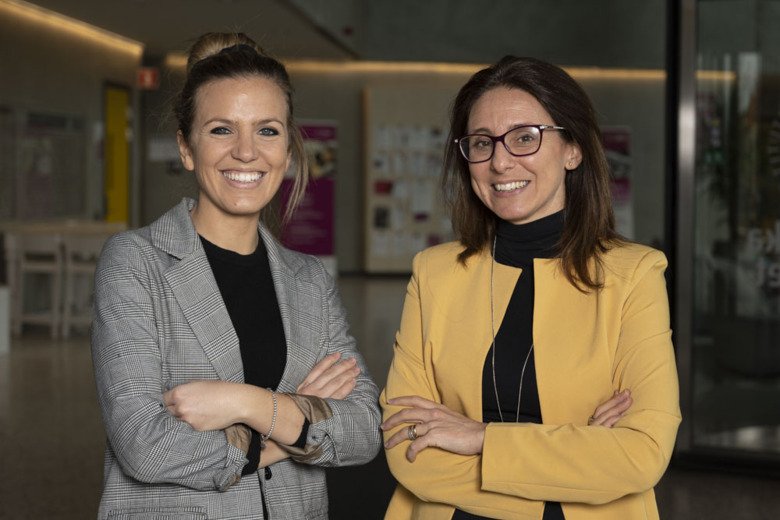Debora Rizzuto awarded project grant from Forte

Debora Rizzuto, principal researcher and research group leader at the Aging Research Center (ARC), Department of Neurobiology, Care Sciences and Society at Karolinska Institutet, has received a project grant for a project entitled "SoundMIND – effects of noise on cognition and mental health", from Forte.

The grant of SEK 4 991 000 covers a three-year period (2023-2025).
Can you tell us a little more about your project?
"Traffic noise is an environmental exposure of growing concern with mounting evidence of serious adverse health effects. At least one in five Europeans (113 million people) are exposed to noise levels exceeding the European Environment Agency indicator level linked to harmful health effects", explains Debora Rizzuto. "Besides the increased risk of cardiovascular and metabolic effects, hearing loss, and sleep disturbance, recent studies have indicated that prolonged exposure to noise might accelerate the risk of cognitive impairment, dementia, anxiety, and depression."
What is your aim with this project?
"We take advantage of the pre-existing data within the Nordic Studies on Occupational and Traffic Noise in Relation to Disease (NordSOUND) project, comprising over 185 000 adults from five Swedish and two Danish cohorts, to investigate whether exposure to traffic and occupational noise is related to dementia and mental health (depression, and anxiety) and to reveal potential mechanisms", Debora Rizzuto continues. "We will adjust for individual- and area-level covariates to enable increased precision in the assessment of associations. We will also adjust for residential air pollution exposure and lack of greenness to explore the potential interactions."
This collaborative research effort will address a considerable knowledge gap regarding noise exposure, dementia and mental health. The results may have significant implications for risk assessment and public health policy, especially considering the recently relaxed noise guidelines in Sweden and the rapid urban growth.
A multifaceted team
The research group involved in the project represents all included study cohorts and multiple disciplines. The complementary expertise of the team members will guarantee a broad perspective considering clinical, social, and public health relevance as well as adequate methodological and management skills:
- Associate professor A Oudin, expert on air pollution and cognitive health, with many publications and several ongoing projects in the area.
- L Stockfelt, associate professor, MD and consultant in clinical occupational and environmental medicine, has extensive experience in environmental epidemiology.
- A Åkesson, professor of epidemiology, has long experience working with the SMC, mainly focusing on diet and health, including health consequences of exposure to environmental contaminants via food and drinking water.
- Professor ZJ Andersen's main expertise is in health effects of air pollution, with more recent interest in road traffic noise, and interaction between two exposures.
- M Sørensen, Senior Researcher and Professor, has many years of experience in environmental epidemiology, mostly on investigating health effects of traffic noise. She is the initiator, grant holder and main coordinator of NordSOUND.
- G Pershagen, MD, professor, expert in environmental epidemiology, with a focus on health effects of air pollution and noise. He has been responsible for the environmental exposure assessment in SNAC-K.
- A Pyko, PhD, expert in environmental exposure assessment.
- G Grande MD, PhD, neurologist. She has a strong clinical background in cognitive assessment and dementia diagnosis.
- J Selander, Associate professor has long experience working with different occupational exposures in epidemiological settings. She is also leading the job-exposure matrix development within the SWEJEM-group.
